Cat allergies are widespread in many cat breeds. Cats are affected and showing some reaction against specific allergens like humans. When the cat’s immune system is sensitive to substances’ presence around their environment, you may not be affected by that material. Still, your lovely cat may produce allergic reactions. Such elements are called allergens. Antibodies are produced against the allergens, which may hamper the normal body function of your cat.
Sources of Cat Allergies
Cats are allergic to various substances in and around their environment. There are a lot of categories of elements that may affect the immune system of your cat. The familiar sources of cat allergies are:
- Certain cat foods.
- Cat fleas and ant-flea agents.
- Certain drugs, especially Paracetamol.
- Perfumes and colognes
- Smoke from cigarettes and vapes.
- Certain woolen or synthetic fabrics.
- Few corrosive rubbers and plastic materials.
- Grass, mold, mildew, pollen, dust, and trees.
- Some organic substances,
- Room cleaner or house cleaning products.
- Cat litters.

Types of Cat Allergies
There several types of allergies in cats. The types vary on the sources, clinical signs, and affected areas. Cat allergies reduce the body’s immune system and make it susceptible to many cat diseases. The most commons types of cat allergies are:
1. Food Allergy.
Food allergies are widespread in cats. Cats of any age may be affected by food allergies. If you notice that your cat has developed scratching in the head, neck, throat, diarrhea, vomition, and other gastrointestinal signs, maybe a case of food allergy. If you could identify the sources and types of food that caused the allergy, immediately remove from cat food. Contact your vet and take the necessary advice for your cat. The typical examples of food allergies are pork, chicken, beef, turkey, vegetable proteins like wheat or corn, food additives, and preservatives.

2. Inhalation Allergy or Atopy
Inhalation allergy or atopy in cats may be caused by the inhalation of pollen, molds, grass, mildew, household dust, and mites. Atopy in cats is not well understood as in humans. Most of the inhalation allergies are seasonal. The first signs of inhalation cat allergies are severe itching throughout the body and respiratory problems. Atopy in humans is called “Hay Fever.”
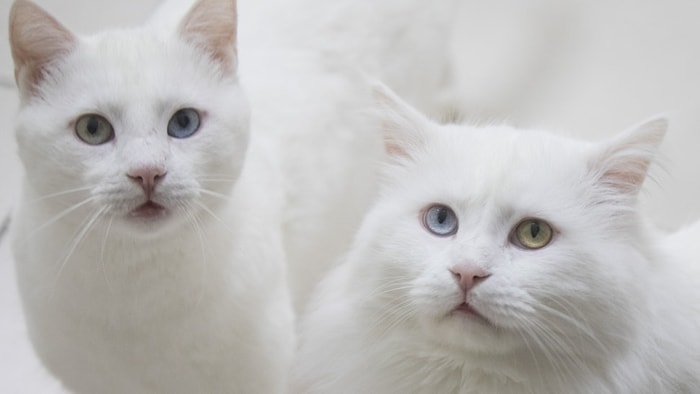
3. Contact Allergy
Contact cat allergy is the result of the contact of any allergic substances with the skin. This is the least common allergy to cats. The familiar sources of contact allergies in cats are shampoo, woolen beddings, and flea collars. If you identify the causes of allergies, the removal of the substances will reduce the allergic reactions. The identification of objects is challenging in many cases.
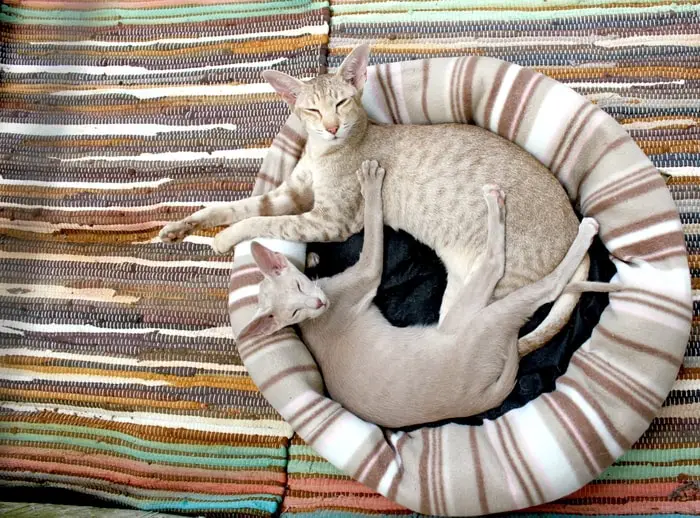
4. Cat Flea Allergy
The most common cat allergies are flea allergies. If a cat is allergic to a flea bite, it will react for every single meal. Fleas usually are taking blood meals from the cat’s skin and inject its saliva. If the cat is allergic and scratch, the secondary bacterial infection will occur. This condition is called pyoderma. Small scabs developed to look like a coin or miliary seeds, and the situation is also called Miliary Dermatitis.
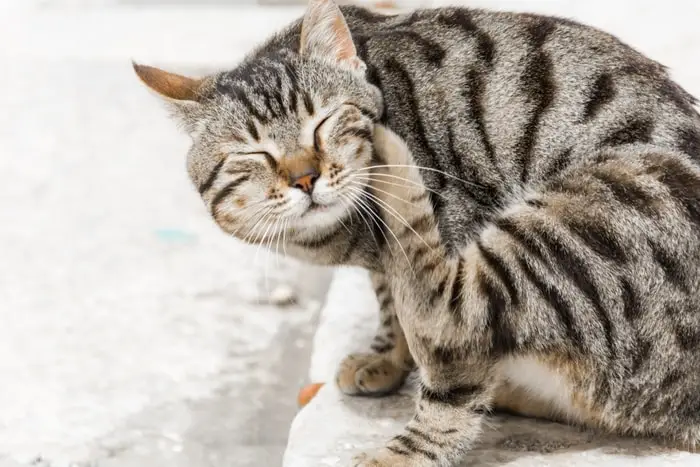
Clinical Signs and Symptoms of Cat Allergies
The common symptoms of cat allergies are
- Excessive scratching of the skin.
- Coughing, sneezing, and wheezing.
- Itching and runny eyes.
- Itching at the tail and back portion of the body.
- Itching in ears and infection in the external ears.
- Chewing of paws and swollen paws.
- Vomition
- Diarrhea.
- The snoring sound caused by the swollen or inflamed throat.
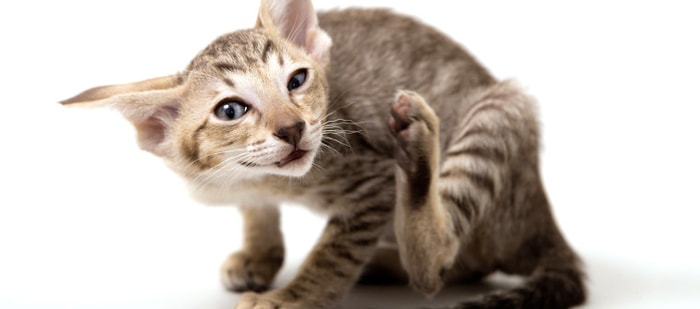
How Do You Diagnose Allergies in Cats?
Diagnosis of cat allergies is mainly based on history, clinical signs, laboratory investigations, and blood tests. The account includes of the flea infestation, food habit supply of allergic food, contact with cleaning chemicals, perfumes, or smoke, allergic fabric or wool, and application of drugs.
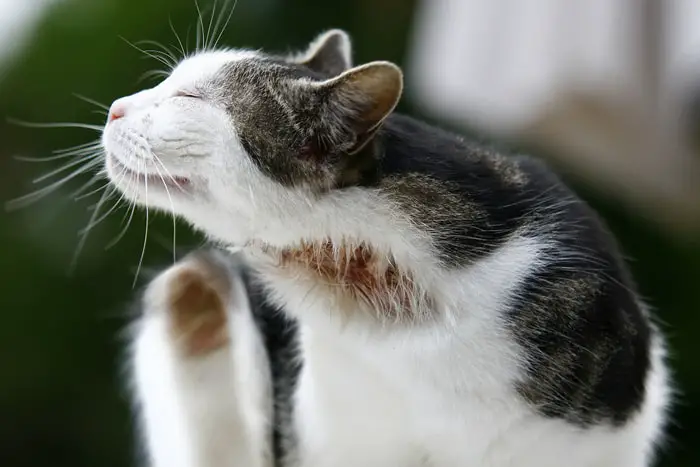
As a cat owner, you can notice the signs and symptoms of allergic reaction on your lovely cat at first. If you notice any excessive scratching, sneezing, cough, and snoring, please try to find out the causes and call your vet. Your vet will do the needful actions and confirmatory diagnosis by other means.
Treatment of Cat Allergies
Cat allergies treatment based on the causes and types of allergies present in your cat. The most common form of treatment is the removal of the origin of allergies at first. Antihistamines, corticosteroids, or anti-allergic injections can be given. If secondary bacterial infections are found, give an antibiotic. Dressing and bandage are essential if the scratching is more.
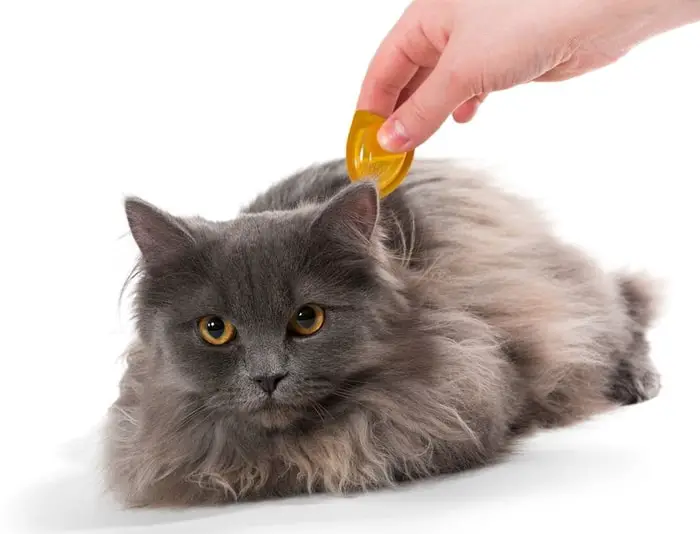
In flea allergies, removal of fleas from the skin immediately. You can give anti-flea injections or shampoo for cats, in the case of food allergy, the removal of food from the diet. Supportive therapy, like saline and anti-diarrheal drugs, can be given. For inhalation allergy, give prednisone, antifungal shampoo, and remove the dust or allergens from the cat’s environment.
How Can You Prevent Allergies in Cats
There is no full measure to prevent cat allergies, but you can reduce the incidence by taking a few cat care steps. Preventive measures are as follows:
- Keep your cat’s house clean.
- Use dust-free and unscented cat litters,
- Avoid using deodorants and smoke in the cat’s home.
- Avoid using allergic shampoo to your cat.
- Regular use flea preventives for your cat.
- Use metallic or ceramic cat utensils instead of plastic or rubber.
- Do not allow your cat in the garden during the full-bloom spring.
- Choose a hypoallergenic cat breed as a pet.
- Purchase cat food from a known and reliable source.
- Cat vaccines also available in some countries against specific allergies.

Hypoallergenic Cat Breeds
To avoid the problems of allergies cat, you can select a cat from hypoallergenic cat breeds. These beads of cats have natural immunity against allergens. The hypoallergenic cat breeds are Siberian, Sphynx, Russian Blue, Javanese, Devon Rex, Bengal Cat, Burmese, Cornish Rex, Oriental Shorthair, and Balinese.
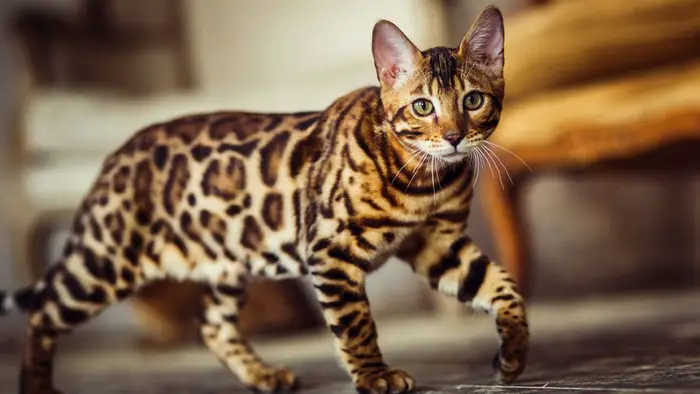
Concluding Remarks
Cat allergies are very common to pet cats. There are many breeds of cat with long hair and folded skin are more prone to allergies. Moreover, the cat environment also full of allergens. As a cat owner, you may also be affected by cat allergies. The above information I have given for your easy understanding. If you have a minimum idea, you can save your lovely cat from any allergic disease and also can protect yourself. If the above information helps you, please share it with your friends via social media.